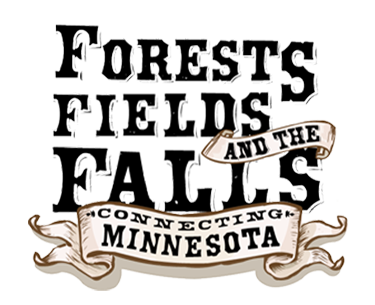Tools of the Farmhouse
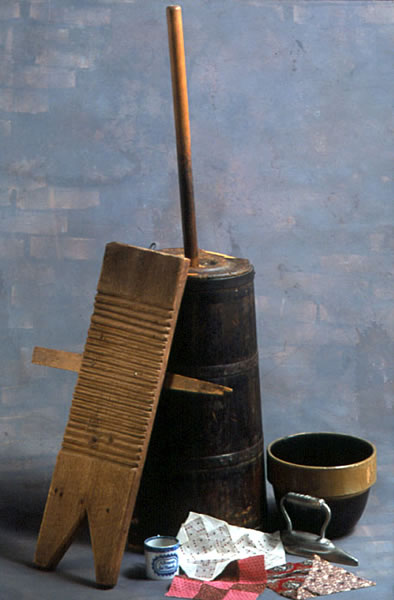
Tools for the home
Minnesota Historical Society Museum Collections, Butter churn: 6369; Washboard: 1990.552.1; Mixing bowl: 8732; Child's Cup: 67.230.637; Flat iron: 9357.4; Quilt squares: 68.183.5 and 210HH#2
"You hope a double portion of the pioneering spirit descends to me. I am endowed with very little of it. My taste runs the other way to convenience, elegancies, comforts and all the paraphernalia of civilized life."
Mary Carpenter letter of July 10, 1873.
Minnesota Historical Society Library Collection
Hints on Butter-Making
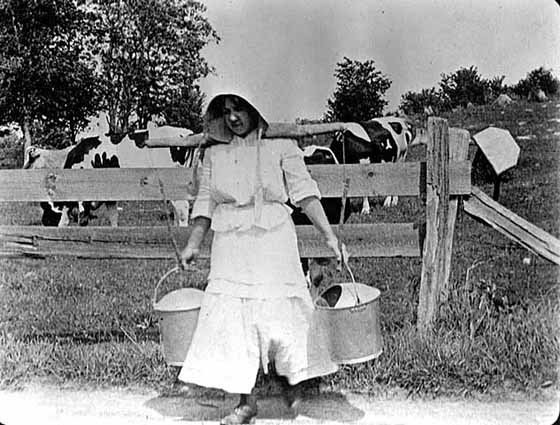
Woman carrying pails of milk to the house, 1900.
Minnesota Historical Society Photograph Collection, SA4.9 r85
Scald the churn and dash thoroughly, and put in the cream at a temperature of 58 degrees. The motion of the churn will soon bring it up to about 60 degrees. When the butter comes put a quart or two of cold, soft water (or ice is better) into the churn to harden the butter, and make it easier to gather up. After gathering it as well as possible with the dash, it should be removed to the table or bowl, and thoroughly worked with a flat wooden paddle...using an abundance of cold soft water to wash out the buttermilk and harden the butter.
Buckeye Cookery and Practical Housekeeping (Minneapolis: Buckeye Publishing Company, 1877).
"This book was compiled by women, published by women, the sales are managed by women, and, as a rule, women only are employed as agents. We believe every woman who obtains it will find it an indispensable help, and, feeling an interest in its success, will recommend it to friends, who will in turn want copies...."
Pumpkin Pie Recipe
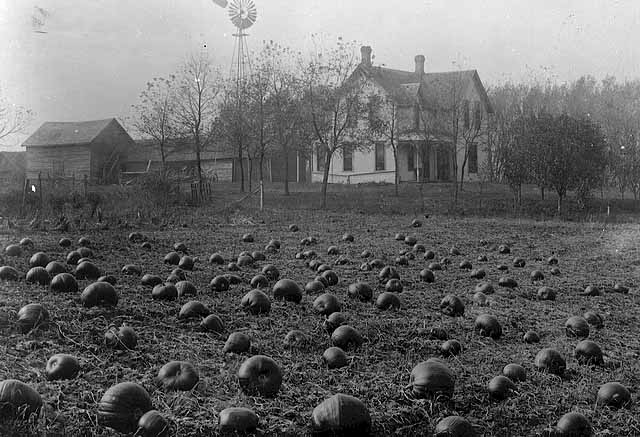
Pumpkin patch and farm, ca. 1910
Photographer: Harry Darius Ayer
Minnesota Historical Society Photograph Collection, SA2.1 r26
Pumpkin Pie
Stew pumpkin cut into small pieces, in a half pint water; and, when soft, mash with potato-masher very fine, let the water dry away, watching closely to prevent burning or scorching; for each pie take one egg, half cup sugar, two table-spoons pumpkin, half pint rich milk (a little cream will improve it), a little salt; stir well together, and season with cinnamon or nutmeg; bake with under crust in a hot oven.
Pie Crust
To one pint of sifted flour, add one even tea-spoon baking powder, and sweet cream enough to wet the flour, leaving crust a little stiff. This is enough for two pies.
Buckeye Cookery and Practical Housekeeping, (Minneapolis: Buckeye Publishing Company, 1877).
Hired Hands
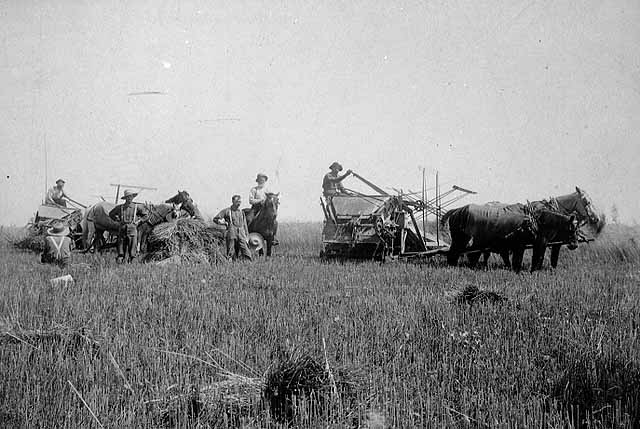
Binding grain on Ira S. Sheppard farm, Lake Allie, Renville County.
Minnesota Historical Society Photograph Collection, Location no. SA4.52 p85
Farms often depended on the work of hired help. Hiring halls in the cities sent people for seasonal work on the farms, mostly during the fall harvest when many bodies were needed. Other times neighbors helped each other out, as George did in 1874:
"George is working at harvesting wheat for a neighbor. He earns $2.00 a day. Has engaged to help him through binding and stacking. George will do the stacking as Mr. Johnson does not understand it, and it takes an experienced hand. He will probably earn between thirty and forty dollars in the whole. He boards where he works but comes home nights."
Mary Carpenter letter of Aug 5, 1874.
Minnesota Historical Society Library Collection
